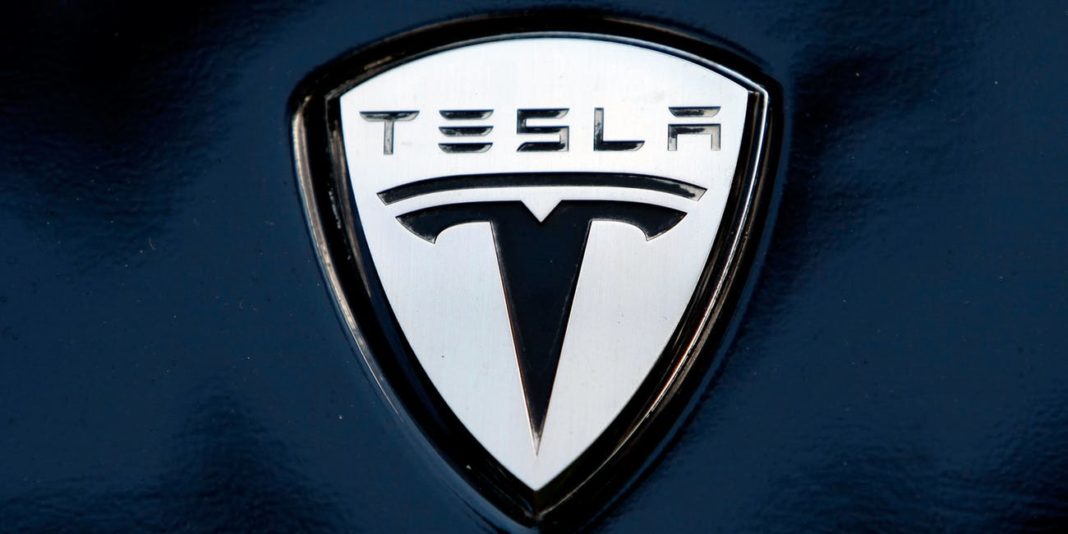It’s difficult to write about Tesla (NASDAQ:TSLA) without pointing out how precarious the business remains. To be fair, this isn’t news—the electric automobile manufacturer has been living on borrowed time for years, but has managed to pull itself back from the brink time and time again. In late November, CEO Elon Musk confirmed what the company’s financials were already signaling: Tesla was within weeks of bankruptcy in 2018.

Just ahead of its Q4 2018 earnings release, which will be reported later today, think about that—Tesla nearly went belly-up in the last quarter. The consensus estimates for its fourth quarter report are $7.01 billion in revenue, and a profit per share of $2.08. Ahead of the report, we’re wondering, has the company done enough to leave those pesky bankruptcy concerns in the dust?
We’re not sure management will address that later today, but here are the cold, hard numbers: Tesla, whose shares closed yesterday at $297.46, is almost $11 billion dollars in debt; with about $1.5 billion of that due during 2019.
As well, in just two short months, $920 million in notes are maturing. When Tesla refinances this debt, there’s little chance they’ll be able to keep the interest rate at 0.25%, considering the current Fed interest rate is now 2.5%. In addition, the company’s current liabilities grew by over $2 billion in 2018. There’s a lot Tesla has to clear off its plate and it needs to do it quickly.
The good news is that last quarter Tesla finished in the green, with a net income of $311 million. That’s the expected number it will report once again today, by holding back some expenses from its bottom line and pushing them into the future.
The bad news is weightier. Last quarter’s gains were offset by the total loss taken over the first half of the year when Tesla was in the red for $1.4 billion. Moreover, Tesla’s income statement is expected to revert to minus in 2019, so the company isn’t out of the woods yet.
One good quarterly earnings report a year has become Musk’s signature move for keeping Wall Street happy. Still, the problem with debt is that at some point it needs to be repaid. For many companies, but particularly for chronically indebted Tesla, finding funds when you’re already in arrears can be tricky.
To help itself out, Tesla has initiated a number of cost cutting measures, as well as a few additional revenue generating efforts. Nonetheless, it’s hard to believe they will definitively turn things around.
On January 18, Musk posted an email to Tesla’s company blog, which he’d already sent to employees, updating the company’s situation. Among other things, it announced that 7% of Tesla’s workforce will be cut, a second round of layoffs in seven months.
During 2018, Tesla’s headcount expanded by 30%, another sign of the company’s often overly-optimistic growth expectations. Management seemed to have decided revenue would be more robust and a greater number of cars would be shipped during the past year. But in keeping with its known tendency to underperform on goals, Tesla’s target of producing 5,000 cars a week was not met, though the company said it managed to reach that production threshold at the end of the period.
Layoffs may be better than bankruptcy, but they don’t inspire confidence. According to CNBC, the redundancies will mostly impact the sales and production lines of the Model S and Model X. This comes after Tesla already discontinued the cheapest versions of these two models, another cost-cutting measure.
Tesla also raised its Supercharger fees around the world. Superchargers are the company’s electricity stations, where drivers can recharge while on the road. The company’s plan has been to benefit from the Supercharger revenue stream, once the network was fully operational and millions of electric cars clog the roads. But the differences in regional electricity costs have weighed on profitability. For example, in New York, the cost per kWh of electricity rose from $0.24 to $0.32 (+33%) while in California, prices went from $0.26 to a range of $0.32-$0.36 (+23%-38%) according to Electrek.
After the Tesla community complained, however, the automaker revised the cost increase down by 10% though that’s still high in many markets. This puts the Supercharger network at risk, as it does not have the pricing power to further increase fees.
Unfortunately, too, the U.S. government recently cut the tax credit for purchasing an electric vehicle in half, from $7500 to $3750. That’s not Tesla’s fault, but it certainly diminishes the case for owning this type of energy-efficient vehicle. In July, the tax credit will be cut in half yet again, to $1875, making Tesla’s vehicles $5625 more expensive than they were in 2018.
To combat the situation, Tesla cut the price of its vehicles by $2000. This is a significant blow to Tesla’s margins while offsetting only about 35% of the price increase after the tax credit cuts.
Though Tesla’s numbers problems are significant, it faces other challenges not related to debt or production issues. There’s Musk’s tendency to reel off ‘white lies,’ including such infamous whoppers as the ‘private funding secured’ tweet, the resulting feud with the SEC, and production and delivery numbers that are not always based in reality, including the $35,000 Model 3 that was promised almost three years ago, but which still hasn’t left the drawing board (if it’s even there). None of this helps build confidence in a company that already has significant financial problems.
It seems clear to us that Tesla hasn’t done nearly enough to remove itself from the bankruptcy watchlist. And, unfortunately, there are too many things that could trigger Tesla’s demise. That alone keeps us out of the stock, whose shares remain shockingly high for a business that continues to teeter on the edge of insolvency.

























